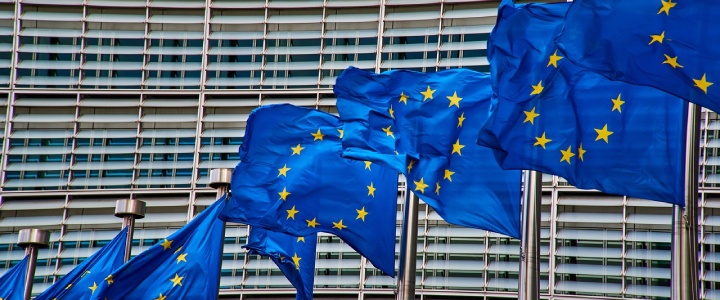
Bringing back a style that has been absent for decades, what is being called the “Letta report” – drafted by former Italian Prime Minister Enrico Letta on behalf of the European Council – is causing a major stir in European institutions. In part, it is a much-needed self-criticism. But it is also in part a wake-up call for the parliamentary majority that will emerge from the upcoming European elections and, with it, the shaping of the new College of Commissioners. Letta brings back one of the basic concepts on which all European politics must pivot, which is the “single market”, and what he defines as “five basic freedoms”: the ones that Jacques Delors formulated in his day – the free movement of people, goods, services and capital – and adding a fifth related to research, innovation and education.
This last ‘freedom’ is the one that best encompasses the progress made, and what remains to be done, in regard to the digital transition, including by proposing that it be included in Title XIX of the Treaty on the Functioning of the European Union (TFEU). While giving just praise to the EU’s new digital laws, the Digital Services Act and the Digital Markets Act, the report criticizes weaknesses in the implementation of this new regulatory framework. It is extremely noteworthy that Letta’s starting point is the size of European companies compared to their United States and Chinese competitors in the financial, energy and telecommunications sectors. He then asks for two immensely important issues: On the one hand, a consolidation of European companies (something similar to the idea of “European champions”) and, on the other hand, an urgent push for trans-European infrastructures in both energy and telecommunications.
Starting with the first, there are two cross-risks. There is the risk of European stagnation in technological progress, which requires redoubling financial support for projects that are strategic both at the country as well as at the European level. But there is also the risk of accumulating business power in just a few hands, especially around the Franco-German axis. The idea of “European champion” may be attractive, but it must take into account where financial power lies in Europe and this, at present, is between Paris and Berlin. In point of fact, Letta’s call to better regulate the procedure for state aid may be decisive for European institutions to provide the necessary financial support for projects, which do not have to be located exclusively between France and Germany.
As for the second, the focus on infrastructure is very appealing and, to some extent, revolutionary, given the European Commission’s behaviour over the past five years. Some recent reforms have expanded on the need to share infrastructures, networks and fixed assets by sharing costs and building a genuine single market.
But this still requires significant efforts when it comes to creating ecosystems for innovation with active involvement from the most technologically advanced companies (that is, for health, education or scientific research, among others). There is also much to be done in the harmonisation of cross-border data transfer mechanisms (interoperability and data protection), public-private collaboration, mobility of innovators and researchers, bureaucratic simplification, and in the advantages of regulatory sandboxes.
One chapter that deserves special attention is the one on telecommunications. Letta argues that Europe does not have to become the United States, but it indeed must move toward more integration in this market. In Europe we have more than 100 telecommunications operators. There are three in the United States. Consumers here are happier than those in the United States, but the telecommunications sector is total chaos. The proposal is to move from 27 markets to just one and to apply the rules of competition to this single telecommunications market to guarantee the protection of consumers with European competition rules. Between the 100 European operators and the three in the United States there is a middle ground.




